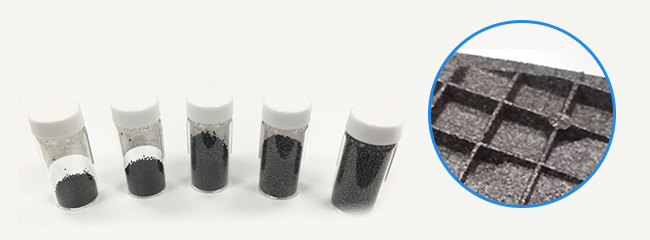Thin-wall molding
SunForce™ can be molded to as thin as 3 mm. Reducing the product thickness can lead to space-saving, weight-saving, and cost-saving of products. For example, SunForce™ can be used for parts with thin ribs and chassis. When determining the thickness of the raised shape, it is necessary to consider the filling properties of the beads and the taper. When designing the thickness of the wall-shaped part rising from the bottom, it is necessary to consider the filling ability of the beads and the draft taper, etc. For details on design such as the recommended wall thickness of SunForce™, please contact us (Inquiries here). SunForce™ BE1 is UL94 V-0 certified at 3 mm thickness, and SunForce™ BE2 is UL94 V-0 certified at 5 mm thickness (click here for flame retardancy information).

※Image is for illustration purposes
